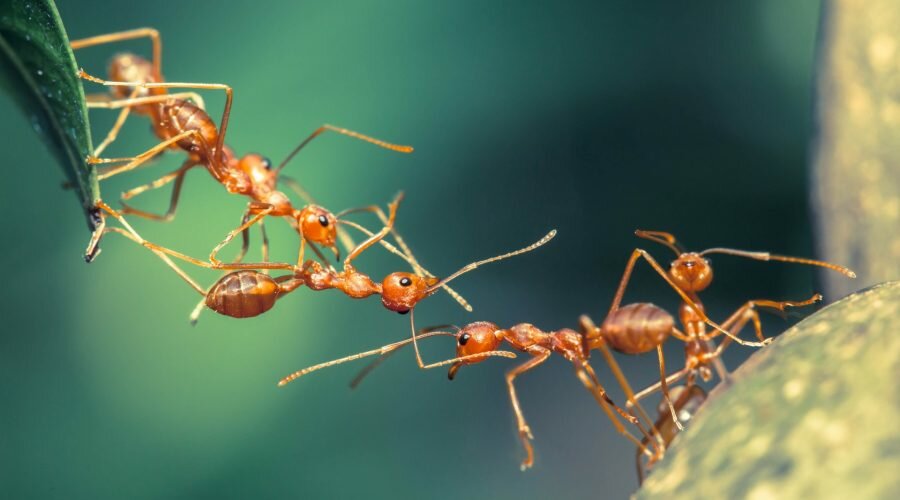Ants can learn to sniff out cancerous human cells, like dogs but much more quickly, according to a study which proposes to dig this track for the early detection of tumours.
Experiments have recently demonstrated the ability of the canine sense of smell to spot the olfactory imprint of certain cancerous tumours, which emit volatile organic compounds (VOCs), which a human cannot smell.
But this method requires long training – between six months and a year per dog – and expensive – “tens of thousands of dollars”, underlines to AFP Baptiste Piqueret, main author of the study published this week in the iScience journal.
This ethologist from the Sorbonne Paris Nord University therefore tried the experiment with ants, an insect using its powerful sense of smell in its daily tasks and endowed with a capacity for rapid learning.
Learning in a few hours
With scientists from the CNRS, the Institut Curie and Inserm, he chose the most common species, Formica fusca, which is widespread in the northern hemisphere and which is not considered threatened in France.
In the laboratory, the insects were subjected to so-called associative learning protocols where an odor is associated with a reward, in this case a drop of sugar water.
In a first training session, the ant “walked freely, came across a sweet drop by chance and while it drank it, it sniffed its environment (with its antennae) impregnated with a particular smell”, explains the researcher.
In the next step, the insect had the choice of going to a place with the learned smell and another with a different smell, but without a drop of sugar this time. “If the ant had learned well, it would spend a lot of time near the smell associated with the sugar and circle around it looking for the reward.”
Upcoming clinical trials
These tests were carried out with smells of healthy human cells and cancerous cells (produced by ovarian cancer), to see if the ants could distinguish between them. Then, more finely, with two diseased cells (resulting from breast cancers), to see if the insects made the difference between two subtypes of cancers.
Three training sessions of less than an hour were enough for them to learn the difference between these subtypes. In addition, the protocol is very simple and does not require expensive equipment.
It remains to evaluate “the effectiveness of this method thanks to clinical tests on a complete human organism”, specifies the CNRS in a press release. Preliminary experiments are underway with urine from mice with cancer.
Sources:
https://www.cell.com/iscience/fulltext/S2589-0042(22)00229-2

